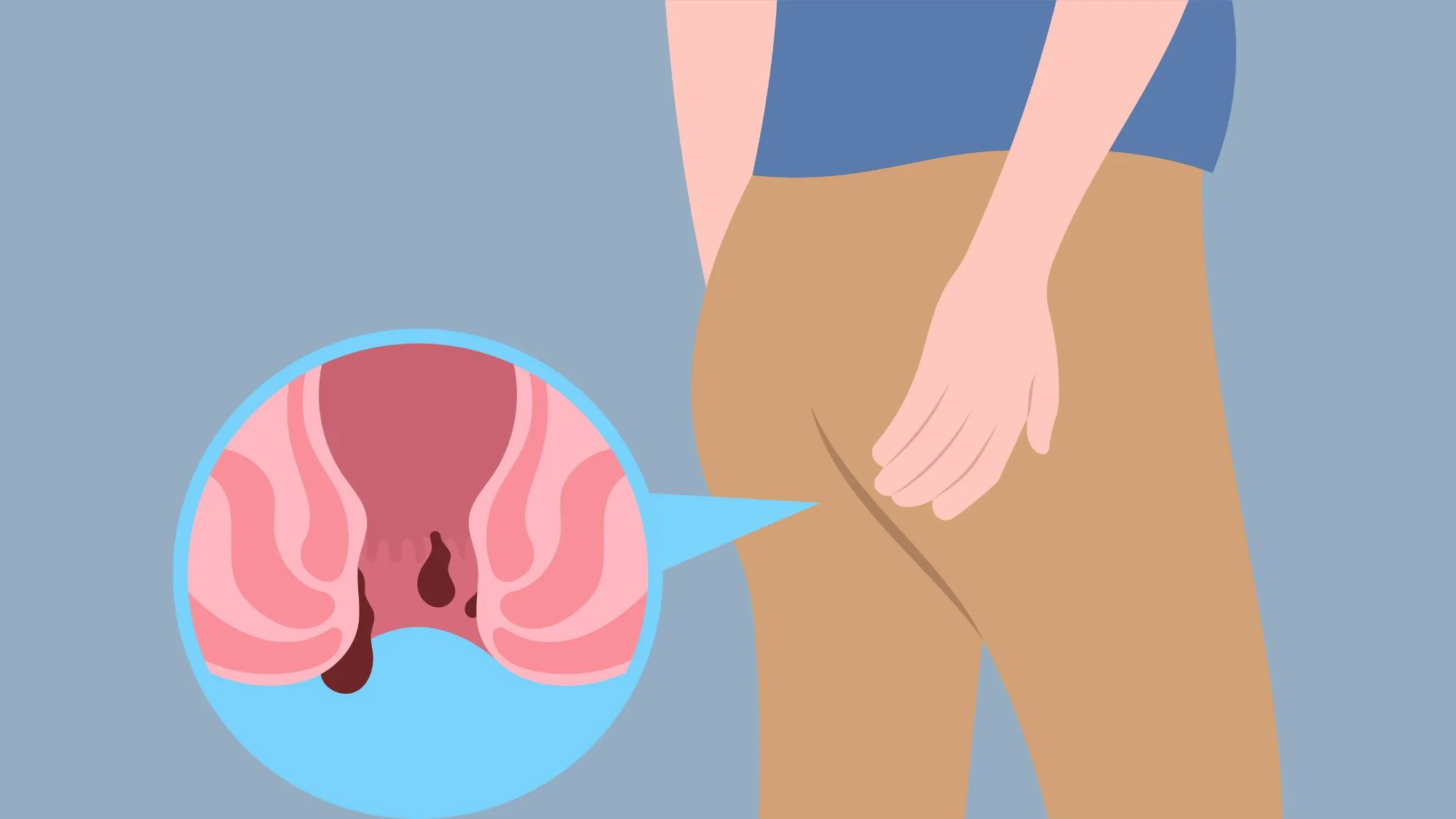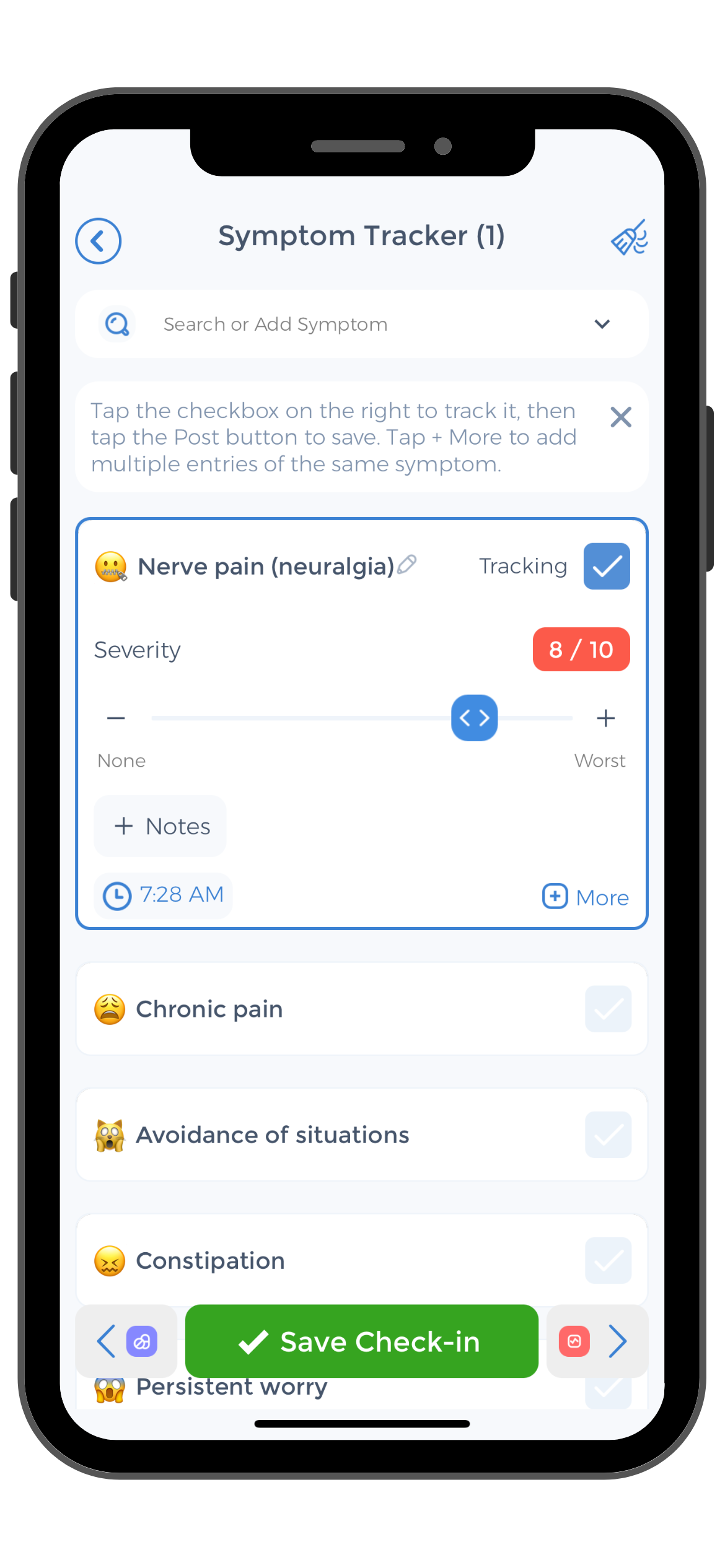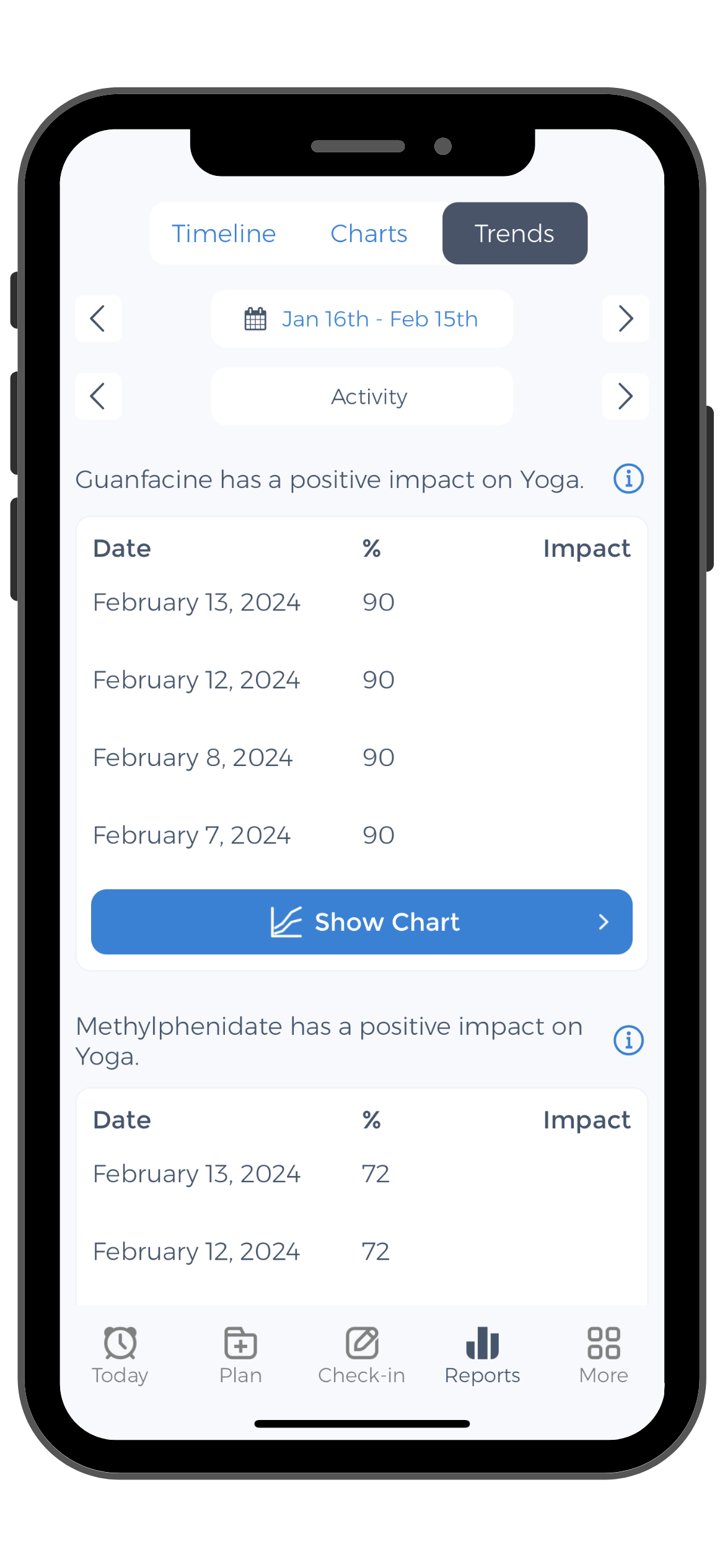
A Seton drain is a surgical tool commonly used to treat complex anal fistulas, helping drain infection and promote healing while preserving sphincter function. Understanding how to care for a Seton drain is essential to avoid complications, reduce pain, and support long-term recovery. This guide covers what a Seton drain is, how it works, what to expect before and after surgery, potential risks, and essential self-care strategies for living with a Seton drain. [1][2]
Understanding the Purpose of a Seton Drain
A Seton Drain is a crucial medical device utilized in the infliximab treatment of various conditions, most commonly anal fistula or perianal abscess. This innovative device comprises a surgical thread or rubber piece that is carefully inserted through the fistula tract. By doing so, a controlled internal drainage system is established. The primary objective of a Seton Drain is to facilitate the continuous release of fluid or pus, thereby preventing the development of abscesses and fostering the natural healing process.
It is essential to highlight the meticulous nature of the placement of a Seton Drain. Medical professionals undergo specialized training to ensure precise insertion, minimizing discomfort and maximizing effectiveness. The procedure is conducted in a sterile environment to mitigate the risk of infection and promote optimal healing conditions.
The Medical Necessity of Seton Drains
Seton Drains play a pivotal role in the management of complex or high-risk anal fistulas. These challenging cases require strategic intervention to minimize complications and expedite recovery. By implementing a Seton Drain, healthcare providers can significantly reduce the likelihood of infection and facilitate the closure of the fistula tract.
Moreover, the decision to utilize a Seton Drain is based on a comprehensive evaluation of the patient’s medical history and current condition. Healthcare professionals consider various factors, such as the location and severity of the fistula, in determining the most appropriate course of treatment. The personalized approach to care underscores the importance of tailored solutions in achieving successful outcomes.
How a Seton Drain Works
Upon insertion, a Seton Drain establishes a continuous pathway for drainage, enabling the seamless expulsion of fluid or pus from the body. This mechanism prevents the accumulation of harmful substances, which could exacerbate the patient’s condition if left unchecked. The Seton Drain is meticulously secured in place to ensure stability and efficacy throughout the healing process.
Patients undergoing Seton Drain placement receive comprehensive instructions on post-procedural care to optimize outcomes and minimize discomfort. Regular monitoring by healthcare providers is essential to track progress and make any necessary adjustments to the treatment plan. The collaborative effort between patients and medical professionals is paramount in achieving successful outcomes and promoting long-term healing.[3]
Preparing for Seton Drain and Anal Fistula Surgery Operation
Before undergoing Seton Drain surgery, you will have a pre-surgery consultation and planning session with your healthcare provider. During this appointment, they will explain the procedure in detail, answer any questions or concerns you may have, and discuss any necessary preparations such as fasting requirements or stopping to continue certain medications such as antibiotics.
Seton Drain surgery is a common procedure used to treat anal fistulas or abscesses. It involves placing a small piece of medical material called a Seton Drain through the fistula tract to help it heal from the inside out. The surgery is typically performed under local anesthesia, and most patients can return home the same day.
Pre-Surgery Consultation and Planning
During the pre-surgery consultation, it is important to openly communicate with your healthcare provider about any pre-existing medical conditions or allergies you may have. This allows them to tailor the surgical plan specifically to your needs and minimize any potential risks.
Your healthcare provider may also discuss post-operative care during the planning session. This may include wound care instructions, pain management techniques, and when to schedule follow-up appointments to monitor your healing progress.
What to Expect on Surgery Day: Top Tips
On the day of the Seton Drain surgery, you will generally be asked to arrive at the hospital or clinic a few hours before the scheduled procedure. The surgical team will guide you through the necessary paperwork, take your vitals, and prepare you for surgery. It is important to follow any pre-surgery fasting instructions provided by your healthcare provider.
Once you are in the operating room, the surgical team will ensure you are comfortable before beginning the procedure. The area around the fistula will be cleaned and sterilized, and the Seton Drain will be carefully inserted. The surgery itself usually takes about 30 to 60 minutes, depending on the complexity of the fistula.[4][5]
Post-Operative Care for Seton Drain Patients
 After the Seton Drain surgery, it is crucial to properly care for the area to promote healing and reduce the risk of infection. Your healthcare provider will provide specific instructions based on your individual case, but here are some general guidelines to follow:
After the Seton Drain surgery, it is crucial to properly care for the area to promote healing and reduce the risk of infection. Your healthcare provider will provide specific instructions based on your individual case, but here are some general guidelines to follow:
Seton drains are commonly used in the treatment of anal fistulas and other conditions where the drainage of fluid is necessary to aid in the healing process. The placement of a Seton drain involves creating a small opening in the skin near the affected area and inserting a soft silicone or silk thread to allow for continuous drainage. This helps prevent the buildup of fluid and promotes faster healing.
Immediate Aftercare and Recovery
Immediately after the surgery, you may experience some discomfort or pain in the surgical area. Your healthcare provider may prescribe pain relievers to manage this. It is important to keep the area clean and dry, following any dressing or wound care instructions provided. Avoid activities that may put strain or pressure on the area, such as heavy lifting or straining during bowel movements.
During the initial recovery period, it is normal to experience some drainage from the Seton drain site. This drainage may be bloody or contain pus, but it is essential to monitor it for any signs of infection. Notify your healthcare provider if you experience increasing pain, redness, swelling, or foul-smelling discharge, as these may indicate a possible infection that requires prompt medical attention.
Long-Term Maintenance and Care
 Once the initial healing phase has passed, you will need to maintain proper hygiene in the area around the Seton Drain. Regularly clean the area with mild soap and water, being careful not to disrupt the drain itself. Avoid using harsh or scented products that may irritate. Your healthcare provider may recommend a specific cleaning routine or provide further guidance based on your individual case.
Once the initial healing phase has passed, you will need to maintain proper hygiene in the area around the Seton Drain. Regularly clean the area with mild soap and water, being careful not to disrupt the drain itself. Avoid using harsh or scented products that may irritate. Your healthcare provider may recommend a specific cleaning routine or provide further guidance based on your individual case.
It is essential to attend follow-up appointments with your healthcare provider to monitor the healing progress of the Seton drain site. Your healthcare provider may need to adjust the drainage or remove the Seton drain once the healing is complete. Be sure to communicate any concerns or changes in your symptoms during these appointments to ensure the best possible outcome for your recovery.[6]
Potential Complications and Risks
While Seton Drains are generally safe and effective, there are potential complications and risks associated with their use. It is essential to be aware of these to ensure early detection and prompt medical attention if necessary.
One important consideration when using Seton Drains is the risk of developing a fistula, which is an abnormal connection between two organs or vessels. Although rare, a fistula can occur as a complication of the drainage procedure. Symptoms of a fistula may include persistent drainage of pus or fecal matter from the area around the drain, along with a foul odor. If you suspect a fistula has developed, it is crucial to consult your healthcare provider for further evaluation and management.
Common Issues with Seton Drains
Common complications that may arise include discomfort, infection, or irritation in the area around the Seton Drain. If you experience increased pain, redness, swelling, or abnormal drainage, it is important to contact your healthcare provider. They will be able to assess the situation and provide appropriate management.
In some cases, patients may also experience skin irritation or allergic reactions to the materials used in the Seton Drain. This can manifest as itching, redness, or a rash around the insertion site. If you notice any skin changes or discomfort, inform your healthcare provider to determine the best course of action.
When to Seek Medical Attention
In certain cases, a Seton Drain in the fistula track may become dislodged or damaged (wounds), requiring immediate medical attention that can lead to long-term clinical treatment. If you notice any sudden changes in the position or stability of the drain, or if you experience severe pain, excessive bleeding, or signs of infection such as fever or chills, seek medical assistance right away.
Living a Normal Life with a Seton Drain in Perianal Fistulas
Although having a Seton Drain may initially seem daunting, many individuals can adapt and live relatively normal lives with this medical device. Here are some tips to help you adjust:
Adjusting to Daily Life
- Wear loose-fitting clothing to minimize friction and irritation around the Seton Drain.
- Avoid engaging in strenuous activities or exercises that may strain the area.
- Plan regular rest periods to prevent exhaustion and promote healing.
Tips for Comfort and Ease
- Use over-the-counter pain relievers as directed to manage any discomfort or pain.
- Consider using a donut cushion or pillow to relieve pressure on the area while sitting.
- Discuss with your healthcare provider about the potential use of topical creams or ointments to soothe any skin irritation around the Seton Drain.
Living with a Seton Drain requires patience, self-care, and vigilance. By following the instructions provided by your healthcare provider and implementing the tips mentioned in this article, you can effectively manage this medical device and continue to live a fulfilling life. Remember to consult with your healthcare provider for personalized advice based on your unique situation.
It’s important to remember that while a Seton Drain may present challenges, it is a crucial component in managing certain medical conditions, such as anal fistulas. These drains help facilitate the drainage of pus or fluid, aiding in the healing process and reducing the risk of infection. Understanding the purpose of the Seton Drain can provide reassurance and motivation as you navigate daily life with this device.
In addition to physical adjustments, it’s essential to prioritize your emotional well-being while living with a Seton Drain. Seeking support from friends, family, or online communities can offer a sense of camaraderie and a better understanding. Don’t hesitate to communicate your feelings and concerns with your healthcare team, as they can provide guidance and resources to address any mental or emotional challenges you may encounter. Remember, you are not alone in this journey, and there are resources available to support you every step of the way.
Use the CareClinic App to Track Perianal Disease
As you navigate the challenges of living with a Seton Drain, the CareClinic App can be an invaluable tool in managing perianal fistula, Crohn’s disease, and tracking recovery. With features that allow you to log symptoms, track medication intake, and document your pain levels, the app provides a comprehensive platform to monitor your health.
By consistently using the CareClinic App, you can gain insights into your healing progress and communicate effectively with your healthcare provider, ensuring a tailored approach to your care.
Download the CareClinic App Today
Take control of your health journey by installing the CareClinic App today. Its user-friendly interface makes it simple to keep a detailed record of your Seton Drain management, including drainage volume, frequency, and any changes in your condition.
This diligent tracking can lead to improved health outcomes by enabling early detection of potential complications. To enhance your recovery experience and maintain your well-being, install the app and start your personalized health management now. [7][8]
References
- “Caring for an Open Surgical Drain (Penrose Drain) | UMass Memorial Health”. https://www.ummhealth.org/health-library/caring-for-an-open-surgical-drain-penrose-drain
- “Surgical Drains: Types, Removal & Complications”. https://my.clevelandclinic.org/health/drugs/15199-surgical-drains
- “The Use of a Staged Drainage Seton for the Treatment of Anal Fistulae or Fistulous Abscesses – PMC”. https://pmc.ncbi.nlm.nih.gov/articles/PMC3548146/
- “Perianal abscess surgery – Surgery and recovery | Guy’s and St Thomas’ NHS Foundation Trust”. https://www.guysandstthomas.nhs.uk/health-information/perianal-abscess-surgery/surgery-and-recovery
- “Seton Drainage – Birmingham Fistula Clinic”. https://birminghamfistulaclinic.com/treatments/seton-drainage/
- “Drain Care After Your Procedure | University of Utah Health”. https://healthcare.utah.edu/radiology/preparing-appointment/interventional-radiology/drain-care
- “Journal of Medical Internet Research – An Image-Based Mobile Health App for Postdrainage Monitoring: Usability Study”. https://www.jmir.org/2020/8/e17686/
- “Mobile Phone Apps for Inflammatory Bowel Disease Self-Management: A Systematic Assessment of Content and Tools – PMC”. https://pmc.ncbi.nlm.nih.gov/articles/PMC4754530/


